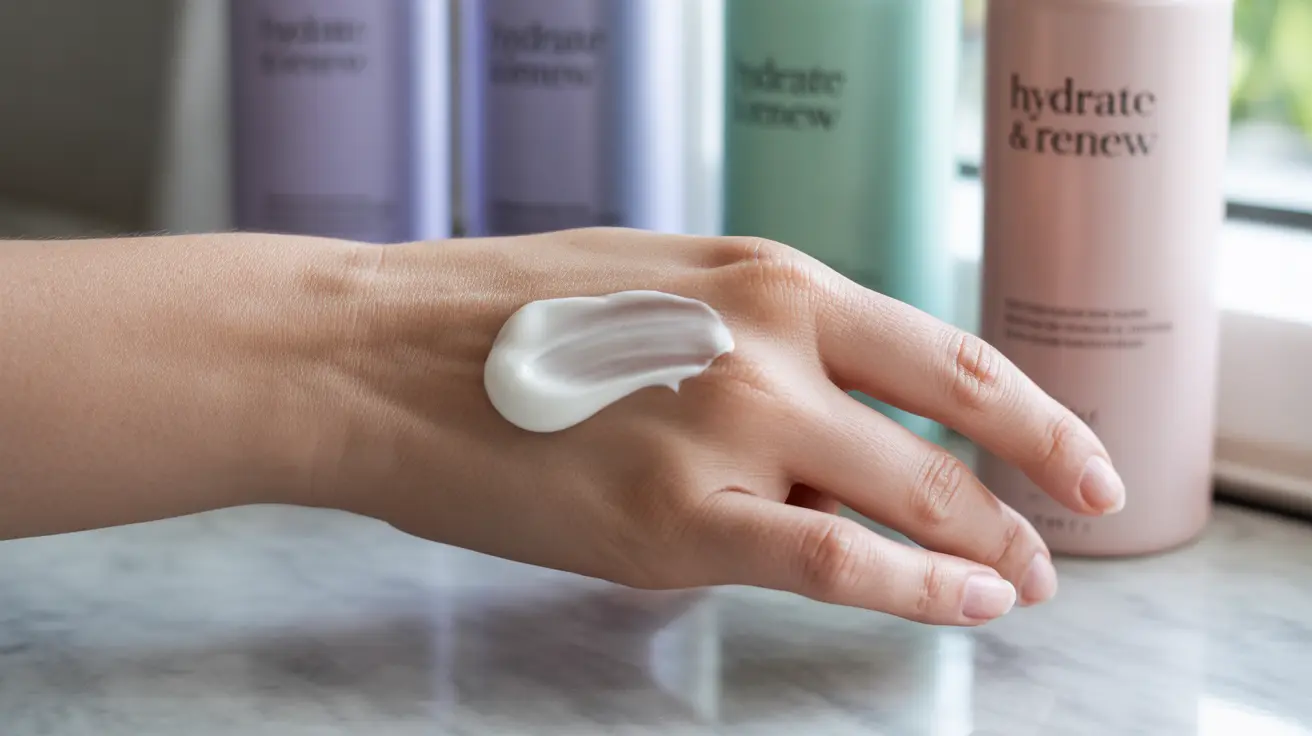Discovering peeling skin on your fingers can be both uncomfortable and concerning. This common condition can occur for various reasons, ranging from environmental factors to underlying medical conditions. Understanding the root cause is essential for finding the right treatment and preventing future episodes.
In this comprehensive guide, we'll explore the various reasons behind peeling finger skin, effective treatment options, and when you should seek medical attention.
Common Causes of Finger Skin Peeling
Several factors can contribute to peeling skin on your fingers:
Environmental Factors
The most frequent causes of peeling finger skin are environmental conditions:
- Dry weather and low humidity
- Frequent hand washing or sanitizing
- Extended exposure to water
- Chemical irritants from soaps or cleaning products
- Temperature extremes
Medical Conditions
Sometimes, peeling fingers can indicate an underlying health condition:
- Eczema (atopic dermatitis)
- Contact dermatitis
- Psoriasis
- Fungal infections
- Dyshidrotic eczema
- Allergic reactions
Treatment Options for Peeling Finger Skin
Immediate Care Steps
When you notice your fingers starting to peel, take these immediate actions:
- Avoid picking at peeling skin
- Keep the affected area clean and dry
- Use gentle, fragrance-free soaps
- Apply moisturizer immediately after washing hands
Moisturizing Treatments
Proper moisturizing is crucial for healing peeling skin:
- Use thick, oil-based moisturizers
- Apply petroleum jelly for severe cases
- Look for products containing ceramides or hyaluronic acid
- Consider using overnight moisturizing gloves
Prevention Strategies
Taking preventive measures can help avoid future episodes of peeling skin:
Daily Habits
- Wear protective gloves when cleaning or washing dishes
- Use lukewarm water instead of hot water
- Pat hands dry instead of rubbing
- Apply hand cream after each hand washing
- Stay hydrated
Environmental Controls
Managing your environment can help prevent skin peeling:
- Use a humidifier during dry weather
- Avoid excessive hand washing when possible
- Choose gentle, hypoallergenic products
- Protect hands from extreme temperatures
When to Seek Medical Help
Consult a healthcare provider if you experience:
- Severe pain or inflammation
- Signs of infection (redness, warmth, swelling)
- Peeling that doesn't improve with home treatment
- Accompanying symptoms like fever or joint pain
- Recurring episodes despite preventive measures
Frequently Asked Questions
What are the common causes of peeling skin on fingers and how can I prevent it?
Common causes include dry weather, frequent hand washing, and exposure to irritants. Prevention involves using moisturizers regularly, wearing protective gloves, and avoiding harsh chemicals.
How do I treat peeling skin on my fingers caused by dry weather or frequent handwashing?
Apply thick moisturizers immediately after washing, use gentle soaps, and consider overnight treatment with moisturizing gloves. Switch to lukewarm water and pat hands dry instead of rubbing.
Can peeling fingers be a sign of an underlying medical condition like eczema or psoriasis?
Yes, persistent finger peeling can indicate conditions like eczema, psoriasis, or fungal infections. If home treatments aren't effective, consult a healthcare provider for proper diagnosis and treatment.
What are some effective home remedies to quickly heal peeling skin on fingertips?
Effective home remedies include applying petroleum jelly, using thick moisturizers with ceramides, wearing moisturizing gloves at night, and keeping hands protected from further irritation.
When should I see a doctor if my fingers continue to peel despite using moisturizers and avoiding irritants?
See a doctor if peeling persists despite home treatment, if you notice signs of infection, experience severe pain or inflammation, or if the condition affects your daily activities.




